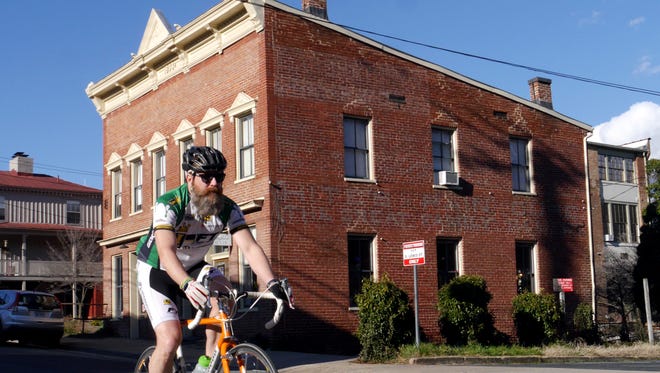The Role of Bicycles in Sustainable Cities: Promoting Eco-Friendly Transport
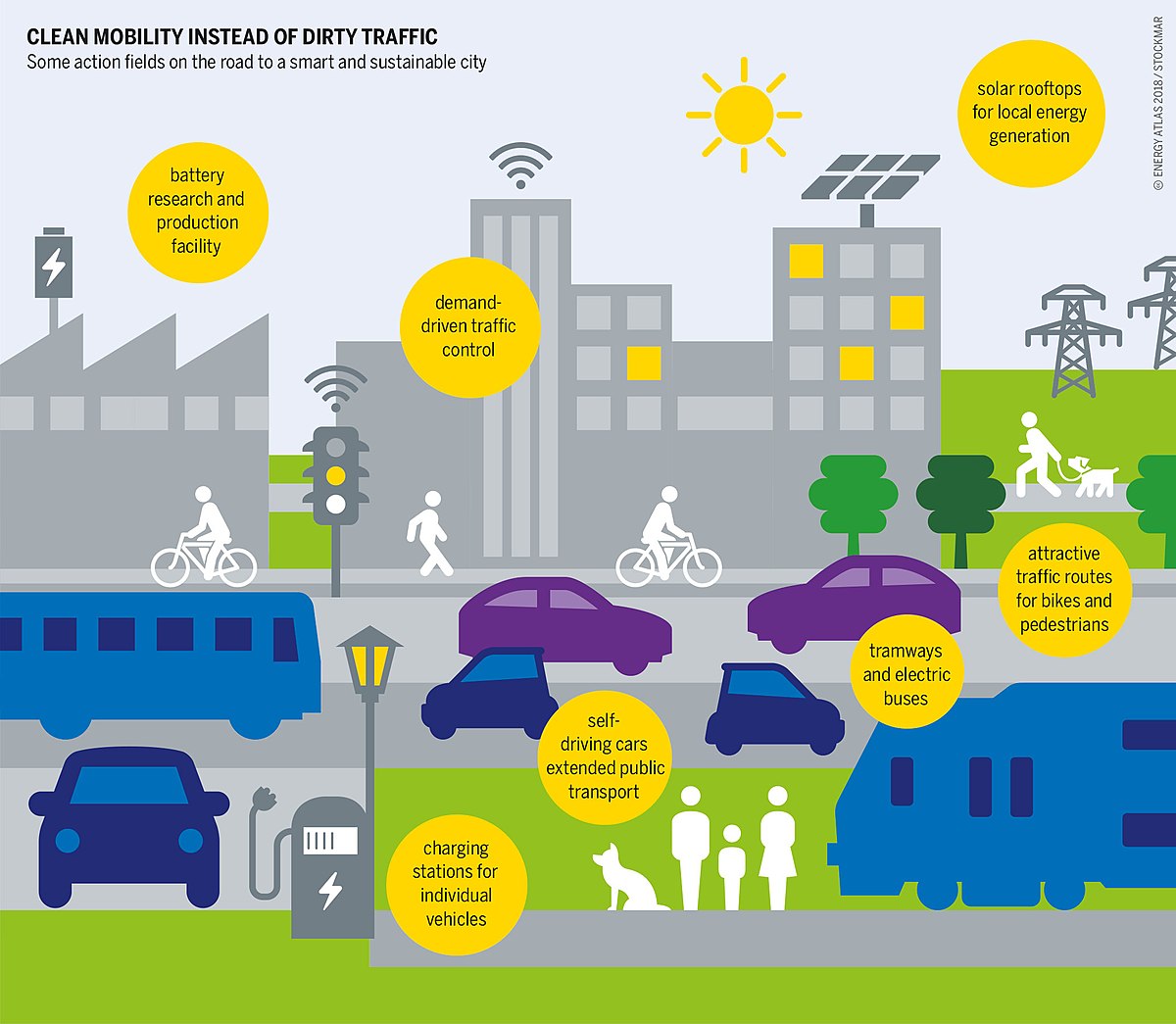
In recent times, the idea of sustainability has gained important consideration as cities world wide attempt to scale back their carbon footprint and create a extra eco-friendly setting. One of many key points of sustainable cities is selling various modes of transportation which might be each environment friendly and environmentally pleasant. On this regard, bicycles have emerged as an important element of sustainable city mobility. This text explores the function of bicycles in sustainable cities and highlights their advantages in selling eco-friendly transport.
The Advantages of Bicycles in Sustainable Cities
Bicycles provide quite a few advantages that contribute to the sustainability of cities. These advantages embrace:
- Diminished carbon emissions: Bicycles produce zero emissions, making them an excellent mode of transport for decreasing air air pollution and combating local weather change.
- Improved air high quality: By decreasing the variety of vehicles on the highway, bicycles assist enhance air high quality, main to raised well being outcomes for metropolis residents.
- Diminished visitors congestion: Bicycles take up much less house on the highway in comparison with vehicles, serving to to alleviate visitors congestion in city areas.
- Promotion of bodily exercise: Biking is a type of train that promotes bodily health and contributes to a more healthy inhabitants.
- Price-effective transportation: Bicycles are a cheap mode of transportation, requiring minimal upkeep and no gas bills.
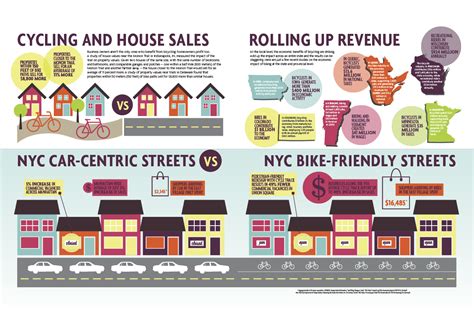
Case Research: Profitable Implementation of Bicycle Infrastructure
A number of cities world wide have efficiently carried out bicycle infrastructure to advertise biking as a sustainable mode of transport. These case research exhibit the constructive impression of bicycles on city sustainability:
Copenhagen, Denmark
Copenhagen is commonly hailed as probably the most bicycle-friendly cities on this planet. Town has invested closely in biking infrastructure, together with devoted bike lanes, parking services, and visitors alerts. Because of this, over 60% of residents commute to work or faculty by bicycle. This has considerably lowered visitors congestion and carbon emissions within the metropolis.
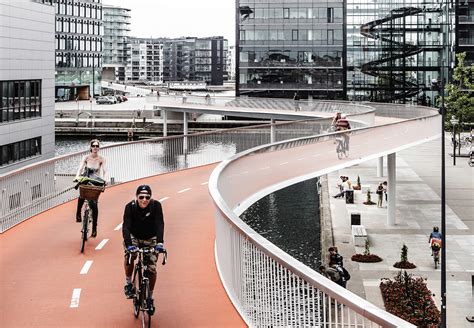
Amsterdam, Netherlands
Amsterdam is one other metropolis famend for its bicycle-friendly infrastructure. Town has an in depth community of motorbike paths, bike-friendly visitors rules, and ample bike parking services. Roughly 40% of all journeys in Amsterdam are made by bicycle, contributing to lowered air air pollution and a more healthy inhabitants.
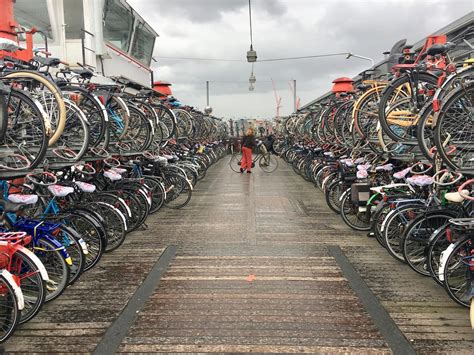
Challenges and Options
Whereas bicycles provide quite a few advantages, their widespread adoption in cities just isn’t with out challenges. A few of the frequent challenges embrace:
- Lack of infrastructure: Many cities lack correct bicycle infrastructure, comparable to devoted lanes and parking services, making it unsafe and inconvenient for cyclists.
- Notion and tradition: In some cities, biking just isn’t seen as a viable mode of transport, resulting in a scarcity of acceptance and help from the group.
- Climate circumstances: Excessive climate circumstances can discourage individuals from biking, particularly in areas with harsh winters or heavy rainfall.
To beat these challenges, cities can implement the next options:
- Put money into bicycle infrastructure: Cities ought to prioritize the event of devoted bike lanes, parking services, and different biking infrastructure to encourage extra individuals to cycle.
- Elevate consciousness and promote biking tradition: Public consciousness campaigns and academic applications will help change the notion of biking and put it on the market as a viable mode of transport.
- Present incentives: Cities can provide incentives comparable to tax breaks or subsidies for buying bicycles or present bike-sharing applications to make biking extra accessible to a wider inhabitants.
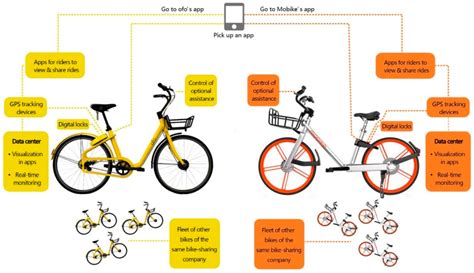
Conclusion
Bicycles play an important function in selling eco-friendly transport and creating sustainable cities. Their quite a few advantages, together with lowered carbon emissions, improved air high quality, and lowered visitors congestion, make them an excellent mode of transportation for city areas. By investing in bicycle infrastructure and addressing the challenges related to biking, cities can encourage extra individuals to undertake bicycles as a sustainable mode of transport. The success tales of cities like Copenhagen and Amsterdam function inspiration for different cities to comply with swimsuit and prioritize bicycles of their city planning. With the best infrastructure and help, bicycles can contribute considerably to the creation of sustainable and livable cities for future generations.
1. How do bicycles contribute to sustainable cities?
Bicycles contribute to sustainable cities by decreasing carbon emissions, bettering air high quality, decreasing visitors congestion, selling bodily exercise, and offering cost-effective transportation.
2. What are some profitable examples of bicycle infrastructure implementation?
Copenhagen, Denmark, and Amsterdam, Netherlands, are two cities recognized for his or her profitable implementation of bicycle infrastructure.
3. What are the challenges related to selling bicycles in cities?
Some frequent challenges embrace a scarcity of infrastructure, notion and tradition, and climate circumstances.
4. How can cities overcome these challenges?
Cities can overcome these challenges by investing in bicycle infrastructure, elevating consciousness and selling biking tradition, and offering incentives for biking.



